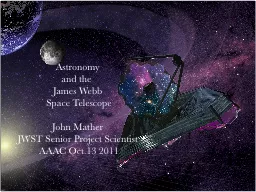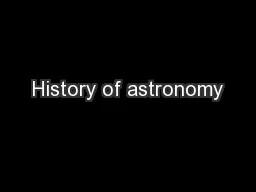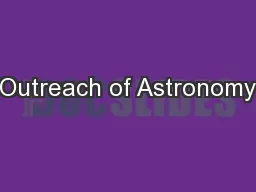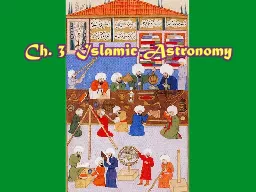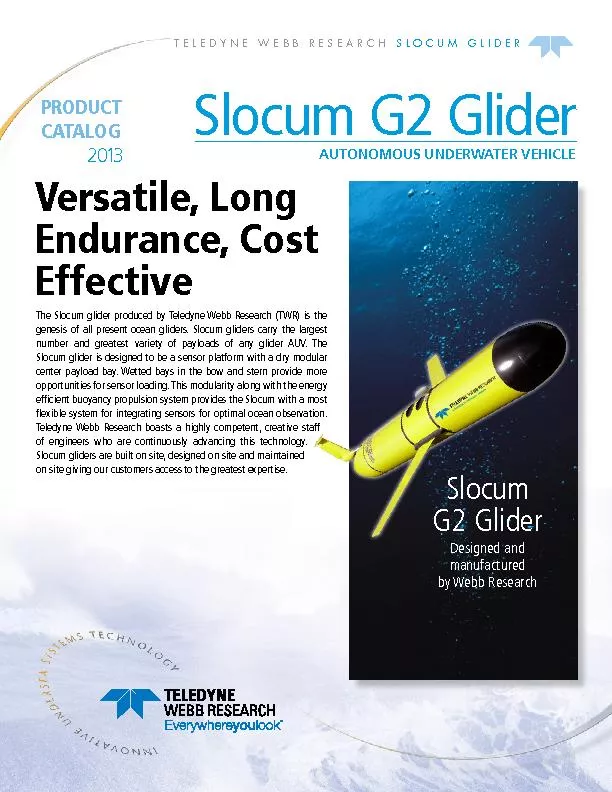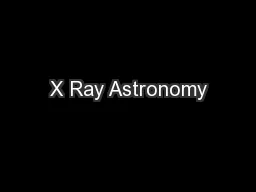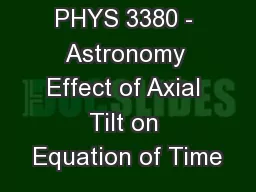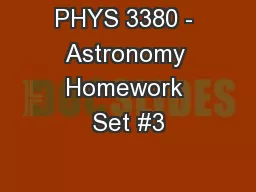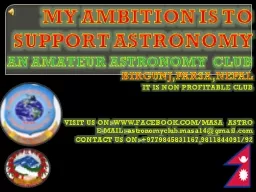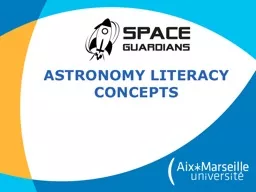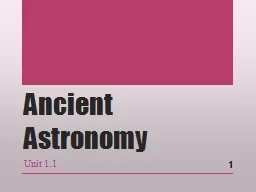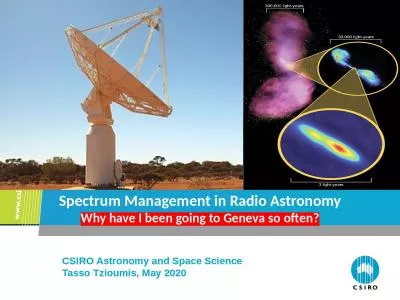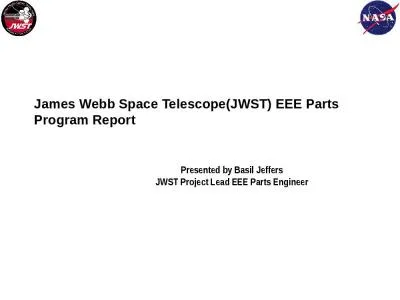PPT-Astronomy and the James Webb
Author : disclaimercanon | Published Date : 2020-10-22
Space Telescope John Mather JWST Senior Project Scientist AAAC Oct 13 2011 JWST Science Updates 4 original major themes first light galaxy assembly star
Presentation Embed Code
Download Presentation
Download Presentation The PPT/PDF document "Astronomy and the James Webb" is the property of its rightful owner. Permission is granted to download and print the materials on this website for personal, non-commercial use only, and to display it on your personal computer provided you do not modify the materials and that you retain all copyright notices contained in the materials. By downloading content from our website, you accept the terms of this agreement.
Astronomy and the James Webb: Transcript
Download Rules Of Document
"Astronomy and the James Webb"The content belongs to its owner. You may download and print it for personal use, without modification, and keep all copyright notices. By downloading, you agree to these terms.
Related Documents

